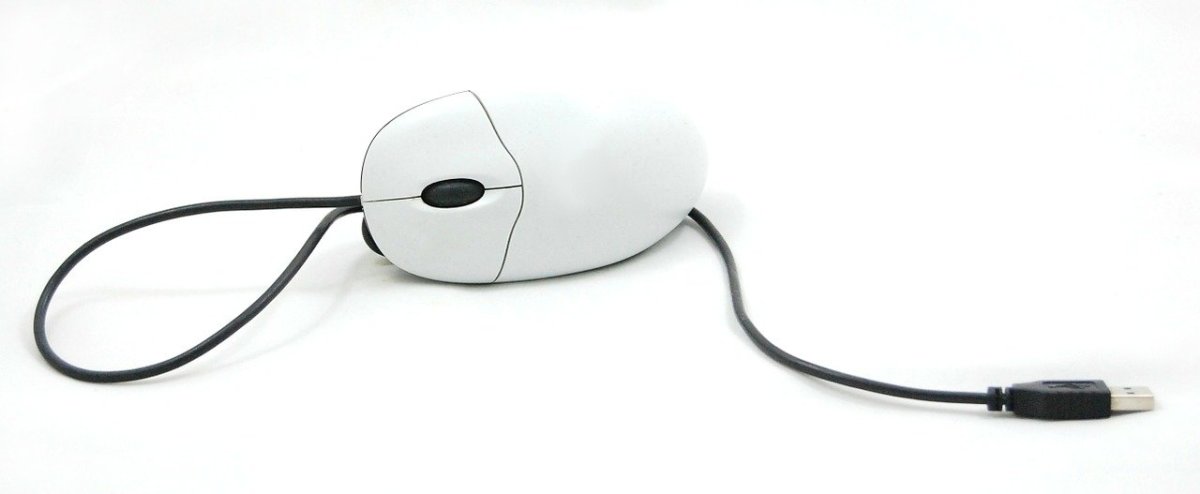Common Power Cord Types: C13, C15, C19 and NEMA 5-15P
Electricity is one of the things that we rely on most in modern life and work, which is even more fundamental than the Internet. It has been utilized to serve human beings for centuries, and the technologies and standards in this filed have been developed and improved for better usage globally. The computer power cord C13 is a typical example of the achievements through power cord standardization. Do you know why use the letter C and the number 13 to name it? This post will explain the standards that power connectors comply to and the most commonly used power cord types.
International Power Cord Types: C13, C15 and C19
C13 power cord is specified by the power cord standard IEC 60320, which is recognized as an international standard by most countries in the world. The standard determines the electrical, mechanical, thermal requirements and safety operations of the specified power cord type. It also describes the shape, size and dimensions of the appliance to be connected to with the power cords. Among IEC 60320 standard power cord types, C13, C15, and C19 are the most commonly used connectors in both daily lives and data centers. Here are their specifications and appliances they apply to.
Connector Type
| Max. Current/Voltage
| Max. Pin Temp. (°C)
| Common Application
|
|---|---|---|---|
C13
| 10A/250V
| 70
| C13 connectors commonly work with inlets on computers and devices that can be attached to computers.
|
C15
| 10A/250V
| 120
| C15 connectors are for use in high temperature settings, such as electric kettles, computer networking closets, and PoE switches with high wattage power supplies.
|
C19
| 16A/250V
| 70
| C19 connectors are common for devices that require higher current than which can be provided by C13 and C15 connectors. Typical applications are on enterprise-class servers, data center rack-mounted power distribution units (PDUs) and chassis switches.
|
IEC 60320 specifies female connector by odd number and the appliance inlet by even number one greater than the number assigned to the connector. Since C13, C15 and C19 are popular connectors, the popular power cord types with these connectors are C14 to C13 and C20 to C19. Other popular variants are C14 to C15 power cord and C20 to C15 power cord.

NEMA 5-15P of NEMA Standard
Apart from the IEC 60320 standard, NEMA standard is also widely used in North American countries and other countries that adopt it. NEMA 5-15P plug is the most popular power cord type specified in NEMA standard. It has three-wire circuits (hot, neutral and ground), and is rated at 15 A at 250 V, although it usually carries 110 V. NEMA 5-15P (plug) to NEMA 5-15R (receptacle) is the most common power cord type in North American countries. As NEMA 5-15P is already accepted as an international plug standard, other typically used power cord types that adopt NEMA 5-15P plug include NEMA 5-15P to C13 and NEMA 5-15P to C15.

Benefits of Universal Power Cords
Actually before the standards for power cords are made, most countries have used different wall-plugs and sockets. In the old days the problem arrived when a power cord manufacturer wanted to sell the products worldwide or when a traveler took his laptop from one country to another, because some countries run on 230V and others on 110V.
After the renouncement of the IEC 60320 standard, it has gradually become universal for electronic equipment. Modern computer power supplies don’t care which region you’re in and what voltage or frequency your electricity has or what types of wall-plugs you use, they transfer whatever AC you give them into the right sort of DC. In fact, if you go into a real server-room or data-center you will find that the wall-plugs of whatever region you are in are really non-existent, all the electronic devices connect directly with C13-C14 extension cords into the power supply of the server-room, usually redundantly and with some sort of emergency power in case of blackout being involved. The specifications of shape and size for different power cord types also keep people from accidentally matching incompatible plugs and inlets. So the danger of burning down the device or hurting people can be avoided.
Words in the End
Although different countries still have their own standards for power cords, the IEC 60320 standard and NEMA standard have been recognized globally. They have made it easy to use common power cord types all over the world. The ones that we frequently used in data centers and for computer power cord are best examples of their contribution, such as C14 to C13, C14 to C15, C20 to C19 and NEMA 5-15P to C13, etc.








